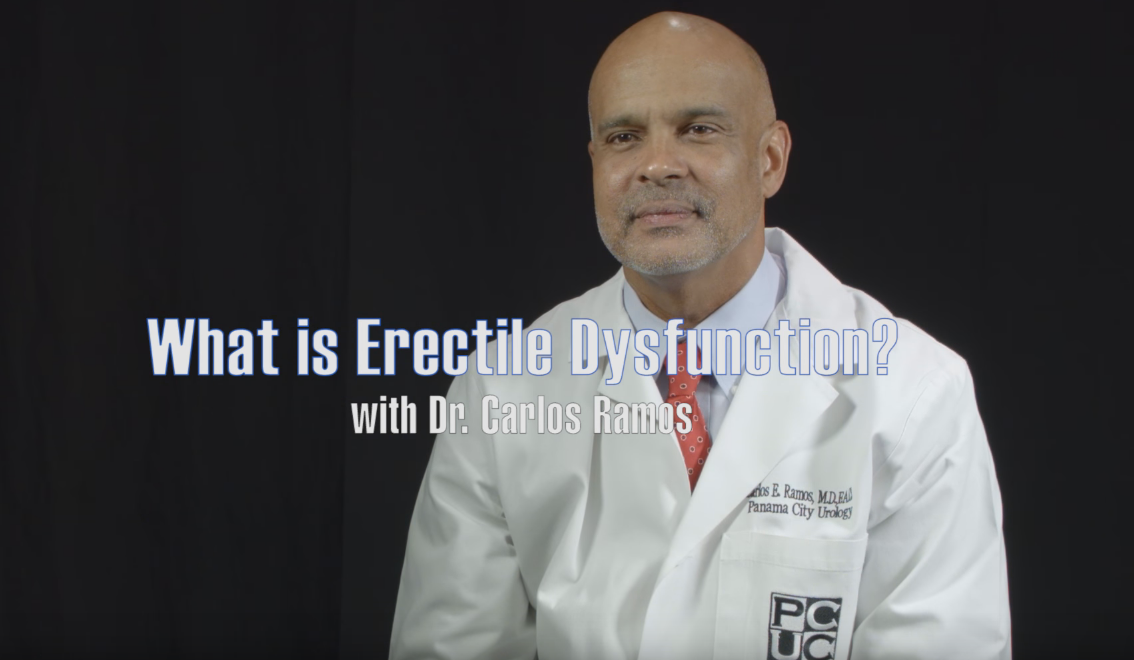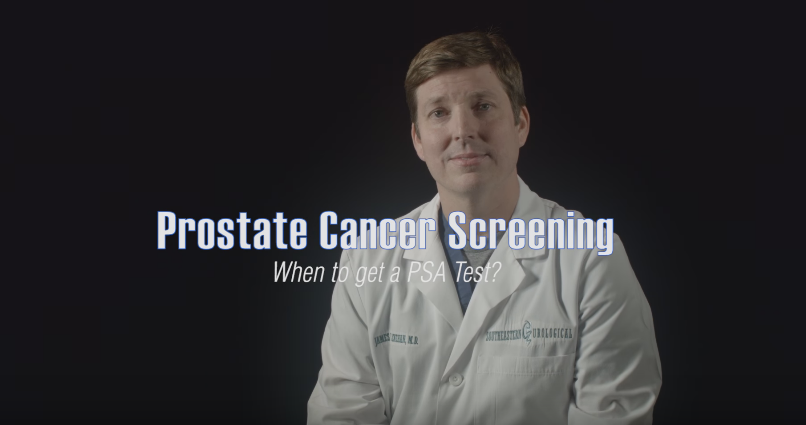Prostate cancer screening means conducting tests to find the cancer in people with no symptoms. Screening helps in early detection of the cancer when it is still easier to treat. To detect prostate cancer before symptoms appear, urologists recommend either measuring the amount of prostate-specific antigen (PSA) in blood or doing a digital rectal exam (DRE), when the urologist inserts a gloved, lubricated finger into the rectum. If the results of a PSA or DRE are abnormal, the urologist will request further tests. Finding prostate cancer via a PSA or DRE screening means the disease is probably still at an early stage and will respond well to treatment.
PSA Screening
 The prostate-specific antigen (PSA) test measures the amount of the protein (PSA) released in blood by prostate cells. Even though both normal and cancerous (abnormal) prostate cells produce the protein, higher blood levels of PSA indicate the possibility of cancer. The PSA test is one of the best indicators of prostate cancer and is recommended by urologists because it is widely available, relatively inexpensive and is a low-risk blood test for patients.
The prostate-specific antigen (PSA) test measures the amount of the protein (PSA) released in blood by prostate cells. Even though both normal and cancerous (abnormal) prostate cells produce the protein, higher blood levels of PSA indicate the possibility of cancer. The PSA test is one of the best indicators of prostate cancer and is recommended by urologists because it is widely available, relatively inexpensive and is a low-risk blood test for patients.
Digital Rectal Exam (DRE)
To perform a digital rectal exam, the urologist inserts a gloved and lubricated finger into the rectum in order to feel the state of the prostate gland. Since prostate cancer often begins in the back of the prostate, DRE helps to assess the texture of this area and checks for hard areas and bumps (nodules) which might indicate cancer. DRE is also effective in detecting whether the cancer has spread to nearby tissues or has reoccurred after treatment.
Confirming Prostate Cancer
After a digital rectal exam (DRE) or PSA blood test, the urologist may request a biopsy to confirm the cancer. But before the doctor can decide whether biopsy is necessary, a number of supplementary tests and considerations must be made, including family history, ethnicity, prior biopsy findings and different forms of PSA. A biopsy means the doctor takes out a small portion of the prostate tissue to be examined under a microscope for cancerous cells. Since cancerous cells appear different from normal prostate cells, a close exam of biopsy cells will help to confirm the cancer.
When to Start Screening
The age of beginning or stopping prostate cancer screening depends on individual risk. Men with a higher risk of having prostate cancer should start screening at age 40. This includes African American men and all men with first and second degree relatives with a history of prostate cancer. Men with average risk should start screening at 50, but only after discussing it with their doctors to reduce the rate of unnecessary biopsies. Men age 75 and older or those with limited life expectancy (less than 10 years) should be discouraged from early detection testing for prostate cancer because they may not benefit much from screening. Nevertheless, a decision to go for prostate cancer screening must be made with the help of a urologist or GP and should depend on a man’s lifestyle, family history, overall health and life expectancy. For more information on screening, diagnosis and treatment of prostate cancer, visit the site, Advanced Urology Institute.









